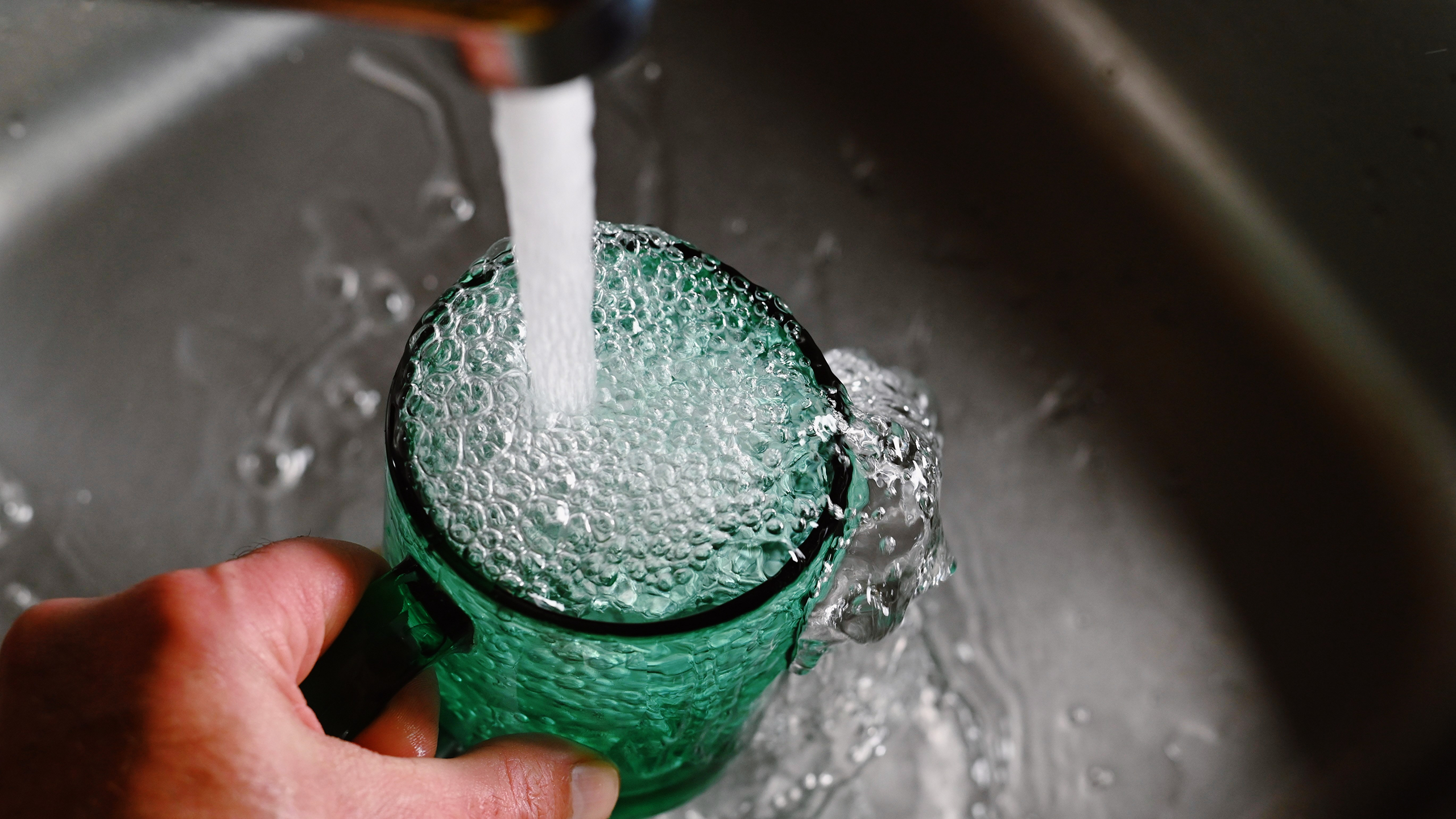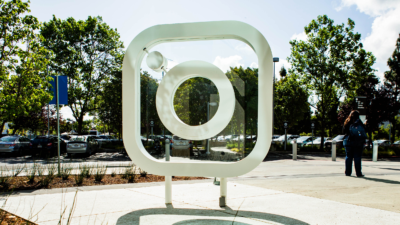EPA Announces First Limits on ‘Forever Chemicals’ in Drinking Water
A US geological survey published in July 2023 found that as much as 45% of US drinking water could contain these compounds.

Sign up for smart news, insights, and analysis on the biggest financial stories of the day.
Diamonds can be forever, but if the EPA has its druthers, chemicals won’t be.
The Environmental Protection Agency announced Wednesday its first-ever standard for regulating “forever chemicals” in US water supplies. More scientifically known as perfluoroalkyl and polyfluoroalkyl substances (PFAS), these include thousands of different chemicals, but none of them know when to leave the party.
Bonded For Life
Eminent TV chemist Walter White called his field the “study of change,” but PFAS is sort of the opposite. PFAS chemicals all contain carbon-fluorine bonds, incredibly resilient chemical bonds that make them popular in various industries — including the ever-expanding semiconductor sector. The trouble with those resilient bonds is, well, they’re resilient. The chemicals don’t break down, and when they make their way into groundwater they can find their way into people’s bodies, where they then accumulate. A US geological survey published in July 2023 found that as much as 45% of US drinking water could contain PFAS.
The exact health impact of the chemicals is still mostly unknown, especially since they encompass a wide variety of chemicals. However, the EPA’s current stance is that exposure to PFAS may lead to some adverse health effects including decreased fertility, increased risk of some cancers, and higher cholesterol levels. Some US states already got the ball rolling by banning PFAS in certain products, and now the EPA is getting in on the action:
- The new rules place limits on five specific PFAS, also known as the “GenX Chemicals.” In the European Union, those five have been designated as chemicals of “very high concern” by the European Chemicals Agency since 2019.
- EPA also plans to inject an extra $1 billion in funding into helping states filter out PFAS in their drinking water.
Some chemical companies are already paying the price for PFAS incontinence. Minnesota-based chemical manufacturer 3M settled with multiple drinking water systems last week over PFAS contamination in various products. The settlement, paid out over the next 12 years, will range from $10.5 billion to $12.5 billion, AP reported.
Strawberry Fields Forever (and Ever): The US isn’t the only nation trying to stay ahead of PFAS pollution. A recent report from the UK’s Environment Department found the chemicals in over half of the food samples it tested, although they were within legal levels. The worst offender, per Sky News, was strawberries, with PFAS present in 95% of 150 samples tested.











